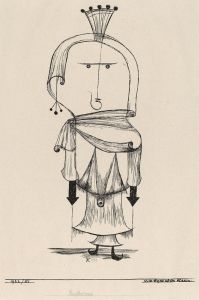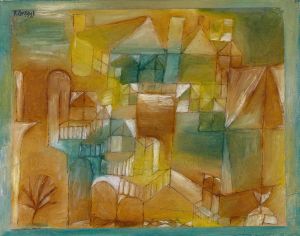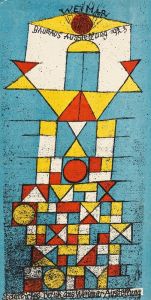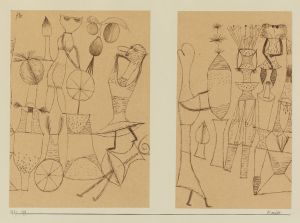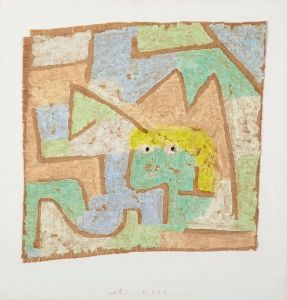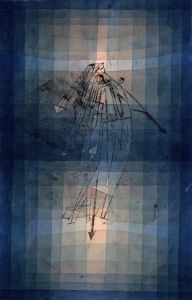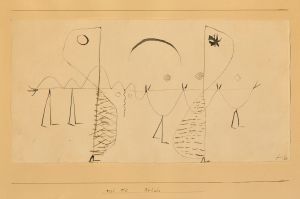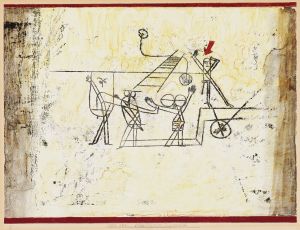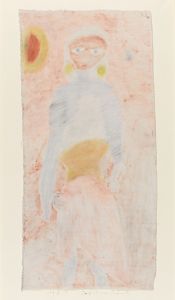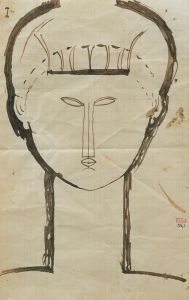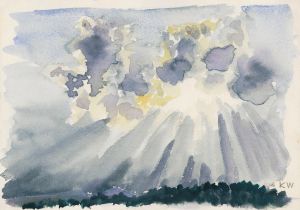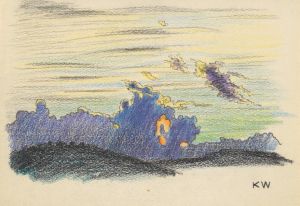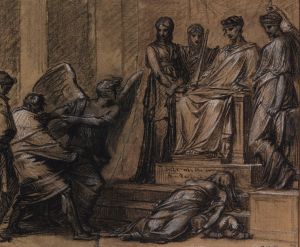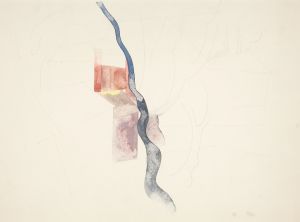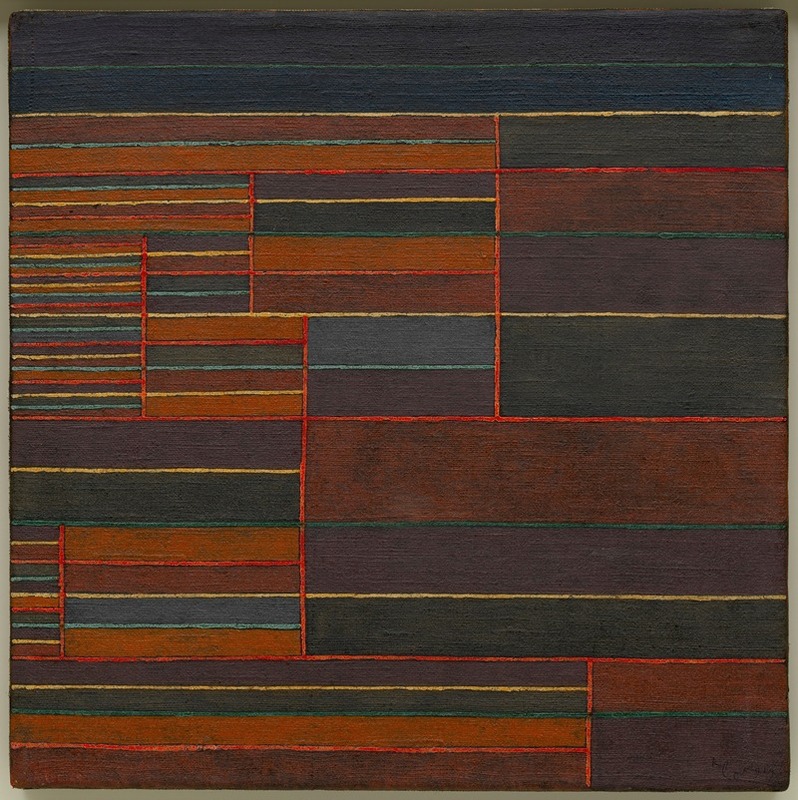
In the Current Six Thresholds
A hand-painted replica of Paul Klee’s masterpiece In the Current Six Thresholds, meticulously crafted by professional artists to capture the true essence of the original. Each piece is created with museum-quality canvas and rare mineral pigments, carefully painted by experienced artists with delicate brushstrokes and rich, layered colors to perfectly recreate the texture of the original artwork. Unlike machine-printed reproductions, this hand-painted version brings the painting to life, infused with the artist’s emotions and skill in every stroke. Whether for personal collection or home decoration, it instantly elevates the artistic atmosphere of any space.
Paul Klee, a Swiss-born artist, created the painting "In the Current Six Thresholds" in 1929. Klee is known for his highly individual style, which was influenced by movements in art that included Expressionism, Cubism, and Surrealism. His works often feature a unique blend of abstraction and figuration, and he is celebrated for his innovative use of color and line.
"In the Current Six Thresholds" is a notable example of Klee's mature work. The painting is characterized by its geometric abstraction and the use of a grid-like structure, which is a common feature in many of Klee's compositions. The title suggests a passage or transition, which aligns with Klee's interest in themes of movement and transformation.
The painting employs a limited but vibrant color palette, with shades of blue, red, yellow, and green. These colors are applied in a way that creates a sense of depth and rhythm, guiding the viewer's eye across the canvas. The composition is divided into six distinct sections, or "thresholds," each with its own unique arrangement of shapes and colors. This division creates a sense of order and balance, while also inviting the viewer to explore each section individually.
Klee's technique in this painting involves the use of thin layers of paint, which he applied with great precision. This method allowed him to achieve subtle variations in color and texture, adding to the overall complexity and richness of the work. The lines in the painting are both straight and curved, creating a dynamic interplay between structure and fluidity.
"In the Current Six Thresholds" reflects Klee's deep understanding of the principles of design and his ability to convey complex ideas through simple forms. The painting can be seen as an exploration of the boundaries between different states of being, whether they are physical, emotional, or spiritual. Klee's interest in the metaphysical is evident in the way he uses abstract forms to suggest deeper meanings and connections.
This work is part of Klee's broader oeuvre, which includes over 9,000 works created during his lifetime. Klee's art was influenced by his experiences as a teacher at the Bauhaus, where he worked alongside other prominent artists such as Wassily Kandinsky and László Moholy-Nagy. His time at the Bauhaus was a period of intense creativity and experimentation, and it had a lasting impact on his artistic development.
"In the Current Six Thresholds" is held in high regard by art historians and is considered an important example of Klee's contribution to modern art. The painting is part of the collection at the Zentrum Paul Klee in Bern, Switzerland, which houses a significant number of the artist's works. The Zentrum Paul Klee is dedicated to preserving and promoting Klee's legacy, and it serves as a major center for research and exhibition of his art.
Overall, "In the Current Six Thresholds" exemplifies Paul Klee's innovative approach to painting and his ability to create works that are both visually engaging and intellectually stimulating. The painting remains a testament to Klee's unique vision and his enduring influence on the world of modern art.





